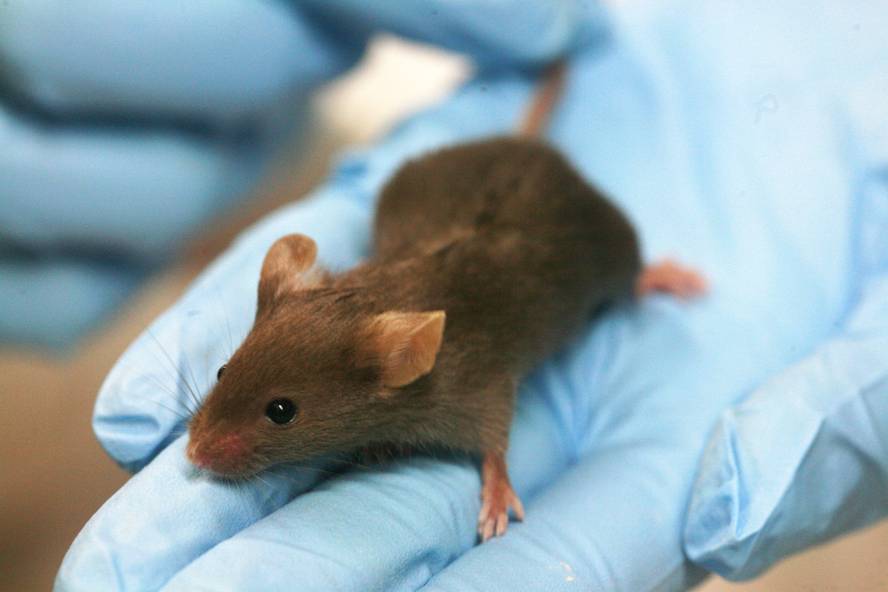The CRISPR technique causes unforeseen mutations

The CRIPR technique has aroused great expectations, since it allows to transform genes in a simple way and thus, among other things, cure diseases that now have no remedy. However, recent research shows that it is not as safe as they thought, as it causes unforeseen mutations.
The research was conducted in the United States and has been published in the journal Nature Methods. According to the researchers, it is common to use algorithms to predict other genetic changes that CRISPR can produce, in addition to what is sought. So far, these forecasts have been made in laboratory cell and tissue experiments and have yielded a good result.
Now, however, they have studied the DNA of the apples to which the genome has been modified with the use of CRISPR and have discovered that many unforeseen changes occur. In particular, mice were changed a gene to cure blindness through CRISPR, and in that sense the technique was a success, as they acquired the ability to see. But at the same time, unexpected changes were observed in the genomes of two mice: About 1,500 nucleotide changes occurred that blocked or increased more than 100 genes.
Although no adverse effects have been detected on mice, researchers have warned that there is no way to know what effects these random changes will have: “A single nucleotide mutation can have a huge influence,” said one of the researchers, Steven Tsang, from Columbia University’s Institute of Genomic Medicine. Therefore, it recommends its prudent use.
In China experiments have already been carried out in people and in the United States they intend to conduct similar trials.





